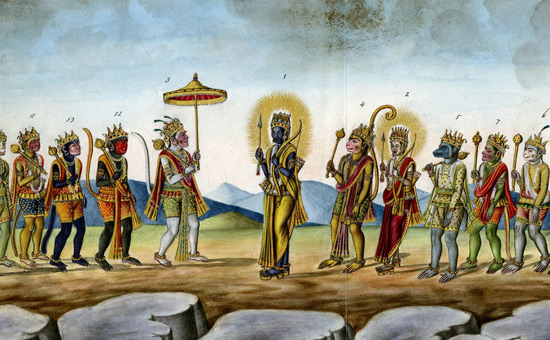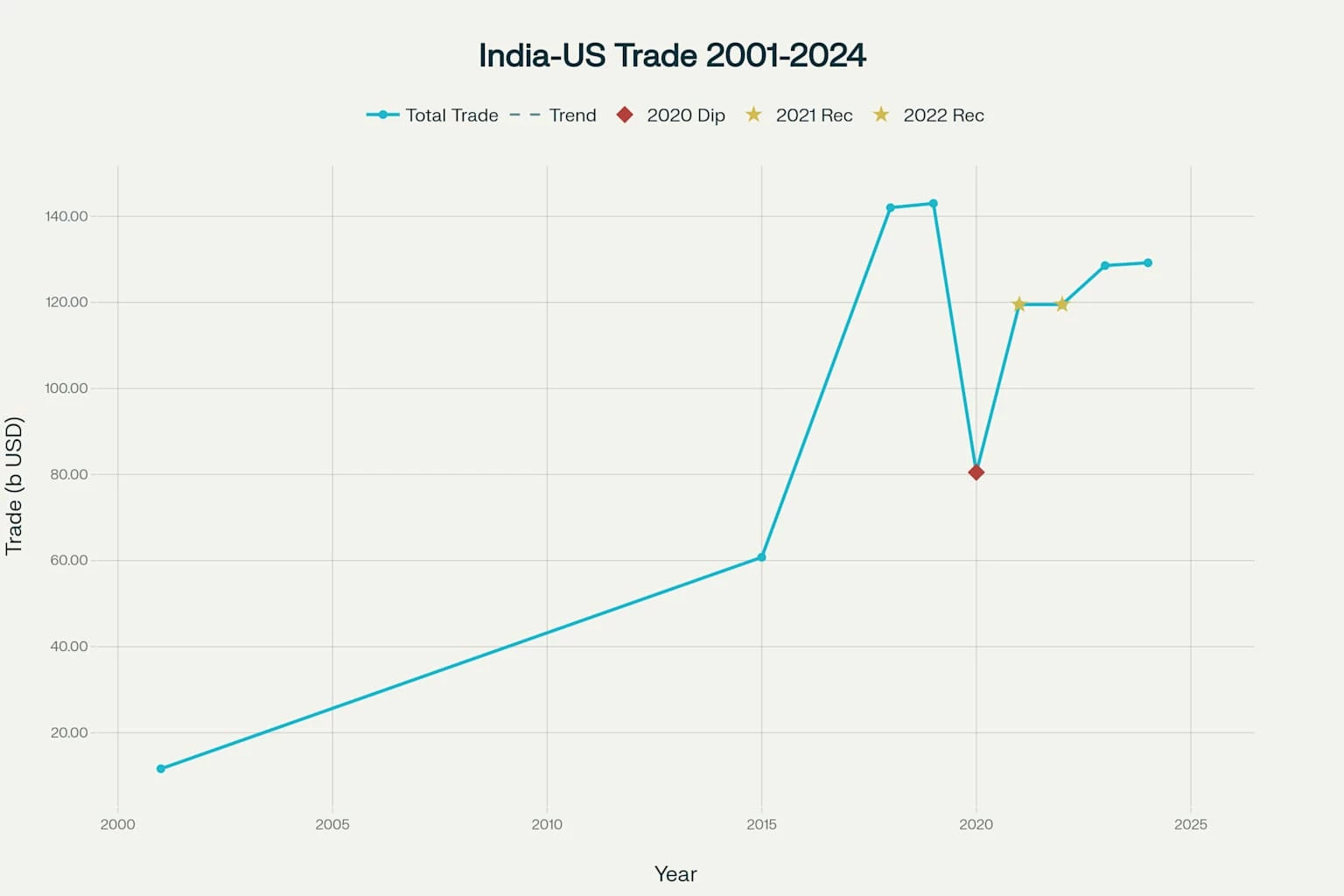Introduction
In the wake of the G20 summit invitation controversy, Article 1 laid the groundwork for understanding the legal and diplomatic dimensions of the name “Republic of Bharat.” This article delves into the Vedic roots and cultural identity associated with the name Republic of “Bharat,” examining how these elements contribute to the broader national identity.

In Part 1 of this series, we delved into the legal and diplomatic dimensions of renaming India as Republic ofBharat,” particularly in the context of the G20 summit invitation controversy. Building on that foundation, Part 2 will focus on the etymology and historical context of the name “Bharat.” We will explore how ancient Vedic texts deeply root this name and what it signifies in the cultural and historical narrative of the Indian subcontinent.
The Etymology of (Republic of) Bharat: A Deeper Exploration
The name “Bharat” has profound historical and cultural roots that extend far beyond its mere mention in ancient Vedic texts. It is associated with King Bharata, a legendary figure in Hindu mythology who was a descendant of the Puru dynasty. The term “Bharata” in Sanskrit signifies “the cherished” or “the maintained,” and it is believed that the Indian subcontinent was named “Bharatavarsha” after King Bharata unified the various kingdoms under his rule. This etymological background serves as a cornerstone for the cultural and historical identity of the nation, linking its modern identity to its ancient civilization.
The Mahabharata, a prominent Sanskrit epic in ancient India, contributes to the etymology of the name “Bharat”. The epic is a narrative of the Kurukshetra War and the fates of the Kaurava and the Pandava princes, who were also descendants of the Bharata lineage. The term “Bharat” in this context signifies not just a geographical entity but a cultural and historical landscape that has been shaped by millennia of tradition, governance, and philosophical thought.
The Evolution of the Term “India”
The term “India” has its origins in the Old Persian word “Hindu,” derived from the Sanskrit word “Sindhu,” which referred to the Indus River. The ancient Greeks adapted this to “Indos,” and eventually, the term evolved into “India” in Latin. In the colonial era, “India” gained prominence, symbolizing the entire subcontinent, encompassing regions extending beyond the Indus River.
Historical Context
The name “India” gained prominence during the period of British colonial rule. People used it to denote the geographical area that comprised present-day India, Pakistan, and Bangladesh. India covers a vast, diverse region, but “Bharat” holds richer cultural and historical significance, offering a unique identity. The term served colonial rulers’ administrative needs, rather than representing the rich, diverse cultural tapestry of the subcontinent.
Cultural Significance: A Unifying Force
“(Republic of Bharat” isn’t just a word; it’s a potent symbol deeply intertwined with Indian culture and history, resonating profoundly. It evokes a rich tapestry of traditions, languages, and religions that make up the Indian subcontinent. From the ancient practices of Yoga and Ayurveda to the philosophical teachings of the Upanishads and the Bhagavad Gita, the name “Bharat” encapsulates the essence of the nation’s diverse cultural heritage.
A Unifying Factor
The name “Bharat” serves as a unifying factor that transcends regional, linguistic, and religious barriers. It creates a shared space, celebrating diversity while nurturing unity and fostering a sense of national pride among people. In a country as diverse as India, this unifying cultural symbol can serve as a cornerstone for national identity. Thus, both “Bharat” and “India” have deep historical roots, but they represent different facets of the nation’s identity. While “Bharat” is deeply ingrained in the cultural and historical narrative of the Indian subcontinent, “India” is more of a geographical term that gained prominence during colonial rule. Recognizing the country as “Bharat” can affirm its rich cultural and historical heritage, conveying significant importance and value.
Geographic Identity vs Cultural and Historical Identity
While the name “India” is often associated with the geographical entity that constitutes the modern nation-state, “Bharat” evokes a more profound cultural and historical identity. Geography can change due to political or natural events, but cultural and historical identities are deeply ingrained and enduring. Combining these identities creates the intricate national identity, far beyond a simple geographical tag, rich in complexity and nuance.
Public Sentiment
Public opinion varies, but many take pride in “(Republic of Bharat” due to its cultural and historical significance. This sentiment often stems from the name’s cultural and historical importance, not its legal or political consequences. “Bharat” reminds people of India’s history and culture, reflecting what many feel should be its official name, rich and diverse.
Conclusion
The name “(Republic of Bharat” is not just a word but a representation of the nation’s rich cultural tapestry and historical lineage. It serves as a unifying symbol that transcends geographical boundaries and political divisions. The ongoing debate on the country’s official name necessitates consideration of cultural, historical, and legal aspects. This ensures a decision that accurately represents the nation’s essence.













